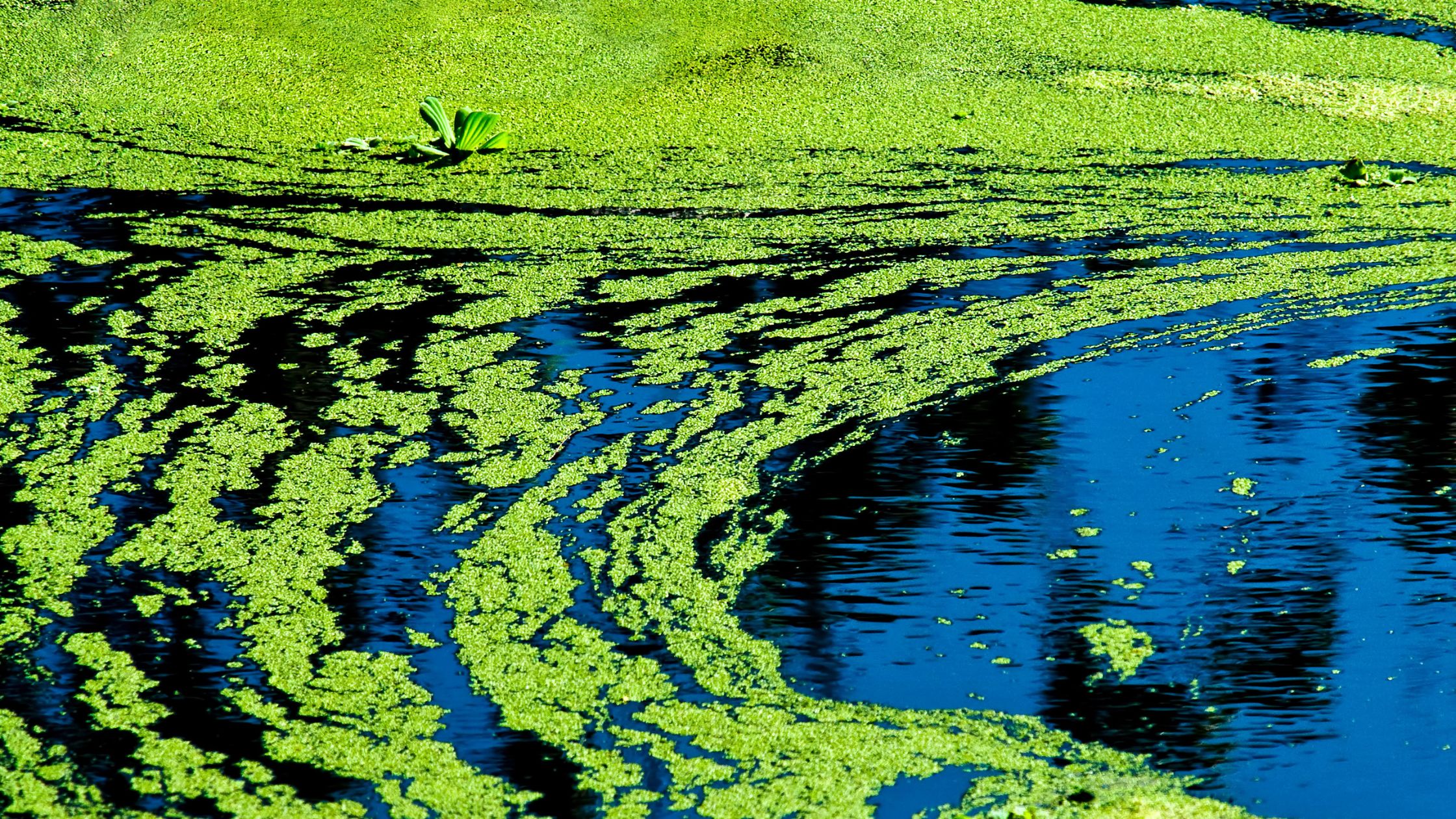
Algae are really important in a pond ecosystem. They are like the starting point for all the food and energy in the pond. Here’s how they work and why they matter:
Key Functions of Algae:
- Energy Production: Algae use sunlight to make food through a process called photosynthesis. This food provides energy for other creatures in the pond.
- Food Source for Zooplankton: Tiny animals called zooplankton eat algae. These zooplankton are then eaten by fish and other creatures.
- Oxygen Production: When algae do photosynthesis, they release oxygen into the water, which is necessary for fish and other animals to live.
- Habitat and Refuge: Algae can give small creatures a place to live and hide. Some fish even lay their eggs on algae.
- Water Quality Indicators: The amount and type of algae in the pond can tell us about the water quality. Too much algae can mean there’s too much pollution.
Different Types of Algae:
- Phytoplankton: These are tiny algae that float in the water.
- Benthic Algae: These algae stick to rocks, plants, or the bottom of the pond.
- Filamentous Algae: These are thread-like algae that can form mats on the water surface.
Keeping Algae in Balance:
While algae are good, too much of them (called an algal bloom) can be harmful. Here are ways to keep them in balance:
- Nutrient Management: Don’t let too many nutrients, like fertilizers, get into the pond.
- Planting Aquatic Plants: Plants in the pond can help control algae by using the same nutrients and providing shade.
- Healthy Fish Population: Fish can help keep algae levels down by eating them.
In summary, algae are like the base of the food chain in a pond. They provide energy, oxygen, and a habitat for other creatures, helping the whole ecosystem stay healthy.
